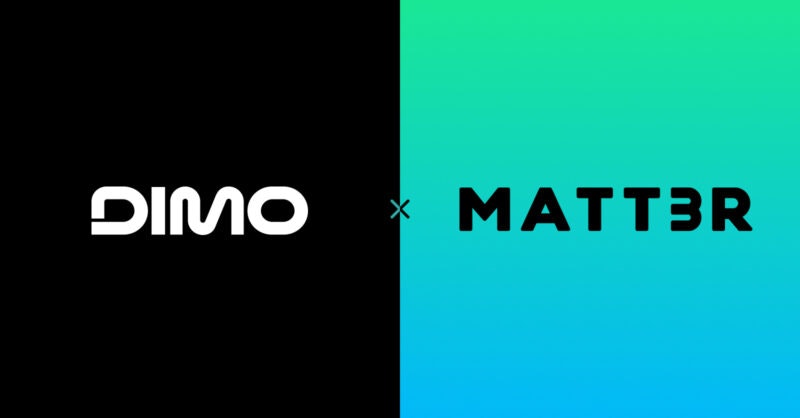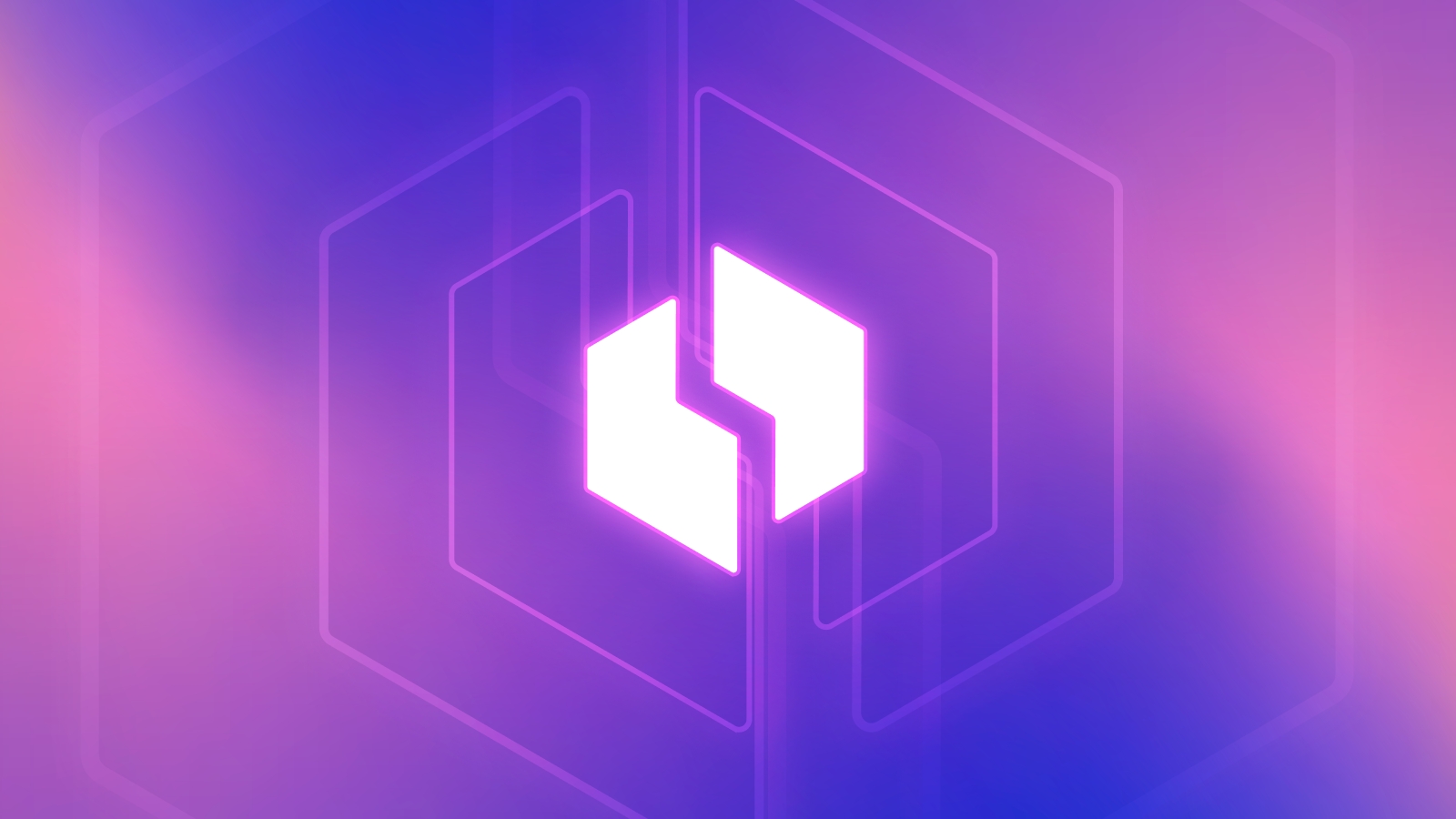DIMO Partners with MATT3R to Enhance AI and AV Development

The DIMO Foundation has announced a significant partnership with MATT3R, aiming to enhance the interoperability and decentralization of modern vehicle ecosystems. This collaboration is set to accelerate the development of artificial intelligence (AI) and autonomous vehicle (AV) models by improving data collection, validation, and accessibility. MATT3R will be the first company, after Digital Infrastructure Inc., to fully integrate within the DIMO ecosystem, utilizing the DIMO SDK and introducing a new hardware device to collect unique video datasets. This initiative represents a crucial step in expanding the DIMO protocol, which is designed to facilitate diverse data types and create a more interconnected environment for developers.
In the realm of computer vision, the ability to interpret visual data is essential for the advancement of autonomous vehicles. However, a major challenge lies in the acquisition of vast, high-quality datasets necessary for training AI models. MATT3R addresses this issue by enabling users to collect and share data from their vehicles through the K3Y device. This device allows for the aggregation of visual and sensor data, which is then categorized and labeled for developers’ use. By leveraging a crowdsourced approach, MATT3R can provide developers with access to a wide array of real-world scenarios, thereby improving the robustness of their AI and AV models while ensuring user privacy and control over personal data.
The partnership also includes the integration of the DIMO SDK into MATT3R’s Consol3 mobile application, allowing for seamless access for existing DIMO users and new users alike. This integration not only enhances user experience but also fosters a mutually beneficial relationship between developers and users. As MATT3R prepares to launch the presale of the K3Y devices in November, this collaboration promises to create a trustworthy data ecosystem that enhances the efficiency and quality of AI and AV model training on a global scale. The DIMO protocol’s validation framework will further ensure the integrity of the collected data, paving the way for a decentralized future in automotive technology.
Related News





